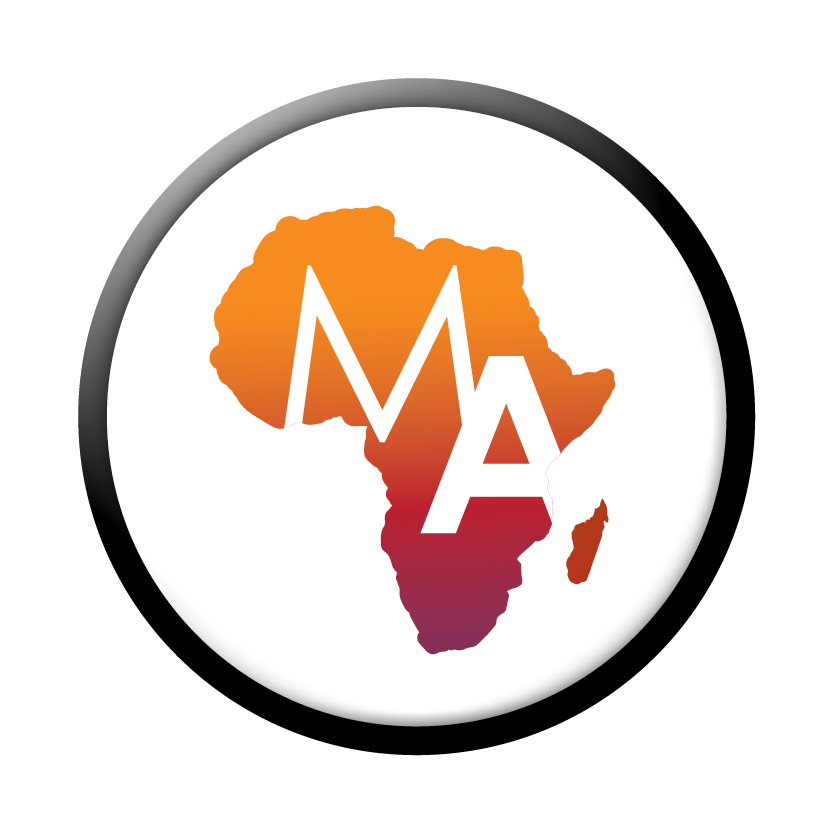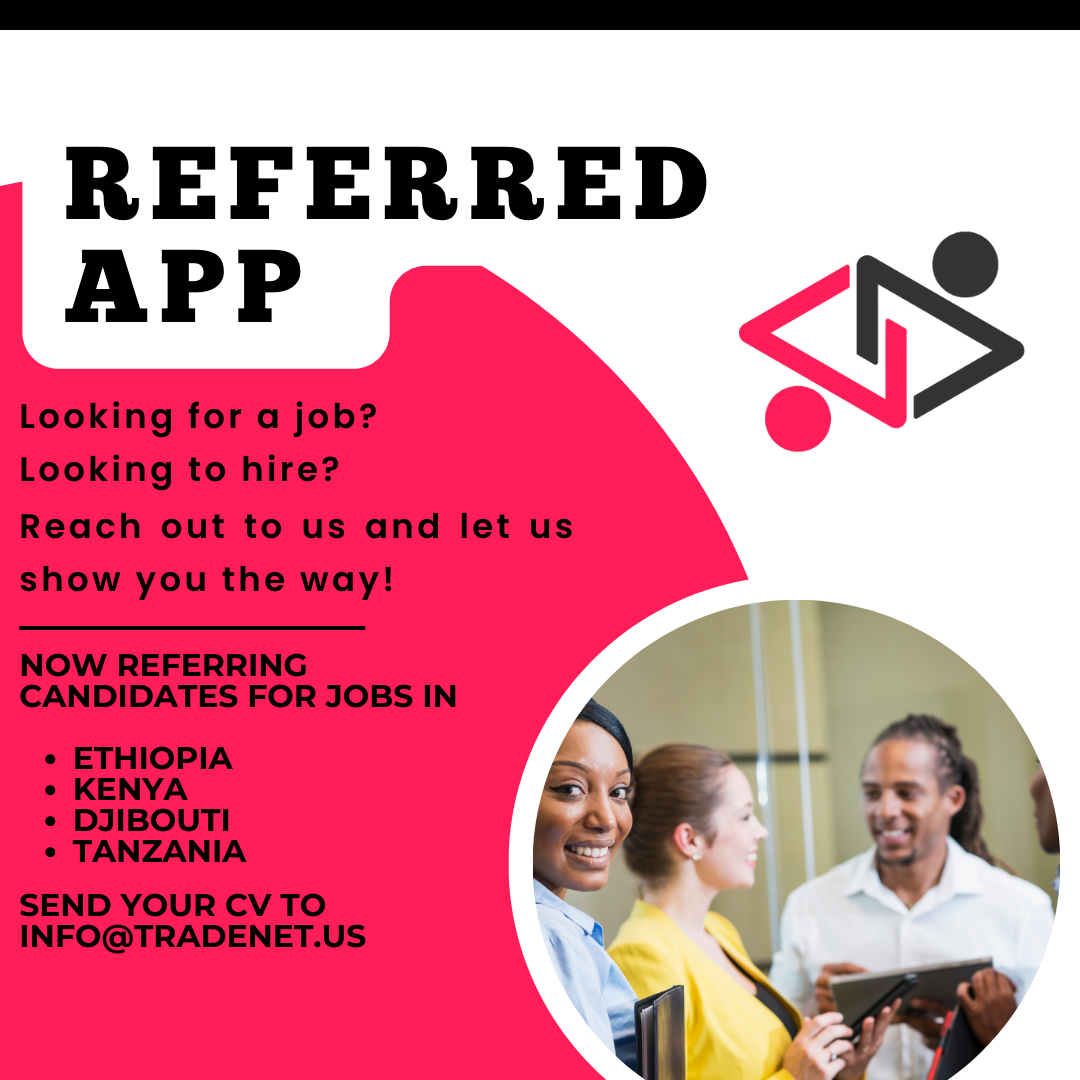Original Story Published by: Dean Workman for IT News Africa
(Above) Dr. Thomas Mensah, Ghanaian inventor and tech pioneer.
At the Technology Innovation Conference 2018, held between 1-2 February 2018, IT News Africa spoke to Dr. Thomas Mensah, a world-renowned inventor from Ghana who played an invaluable role in the creation of Fibre Optics and in setting up the newly formed “Silicon Valley of Ghana.”
Mensah currently has seven US and worldwide patents in Fiber Optics over a period of six years, and was born in 1950 in Kumasi, Ghana.
He holds a PhD in Chemical Engineering from Montpelier University 1978, and a Certificate in Modeling of Chemical Processes from the Massachusetts Institute of Technology (1977).
He has held high-level engineering positions at Air Products and Chemicals (1980-1983), then Corning Glass Works in Fiber Optics research Sullivan Park, New York (1983-1986), where he built the fastest Fiber Optics draw and coating process, which reached 50 meters per second. He holds four patents for this effort. He joined AT&T Bell laboratories in 1986 and led the program to develop fiber optic reels used in the guided missile program. This effort led to the development of a system that was successfully deployed at missile speeds up to Mach 1 (The Speed of sound). He received three US patents on this technology.
As a world expert in the field of advanced materials, Dr. Mensah has worked on specialised projects for NASA (Superconductors for space communications), the US Army (Smart munitions Picatinny Arsenal) and the US Department of Energy, (Fiber optics sensors for Highway Traffic monitoring). Dr. Mensah has additional patents pending in some of these areas.
Dr. Mensah also delivers technical presentations around the world, and has chaired several symposia for the American Institute of Chemical Engineers.
In the interview, Dr. Mensah unpacked his role in the development of Fibre Optics, he spoke about the implementation of a Silicon Valley in Ghana and how he is looking to create a similar programme in South Africa.
Watch the full interview here:
To read the full article, visit IT News Africa.









